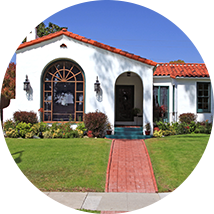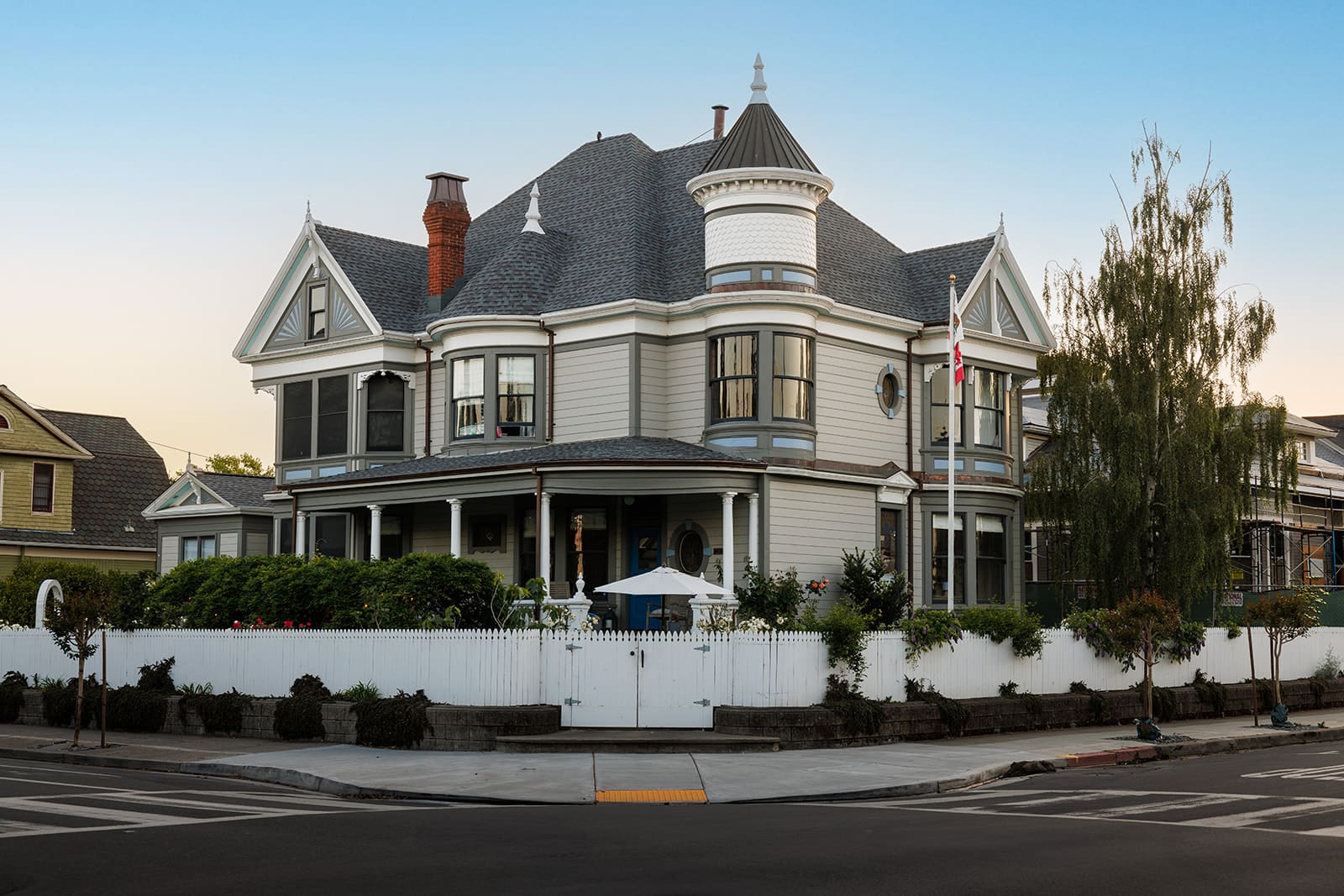
Builders Risk Insurance: Understanding What’s Covered
Builders risk insurance is a specialized form of property coverage that can help protect buildings and other structures under construction. Also known as course of construction insurance, such coverage can assist with various expenses that may result from property damage amid construction projects.
Although specific coverage capabilities vary between insurers, a typical builders risk policy covers property damage losses stemming from fire, lightning, hail, explosions, theft and vandalism. Coverage extensions and endorsements may also be available.
Who purchases and pays for builders risk insurance usually depends on the nature of a construction project and its associated contractual elements. Generally speaking, any party with financial interest in a construction project should have this coverage, such as the project sponsor, property owner, general contractor, lender, subcontractors and architects.
Yet, certain industry standard contracts, local governments and large developers specifically require contractors to carry builders risk insurance. As such, contractors often incorporate the cost of this coverage in their project bids. Regardless of who secures this coverage, it’s important that all involved parties are listed as insureds within the policy.
Because every construction project is unique and related coverage needs may vary, builders risk insurance can be a complex topic to navigate. This article provides more information on what builders risk insurance covers and offers tips for securing a suitable policy.
What Builders Risk Insurance Covers
Most builders risk policies provide protection for hard costs associated with the previously mentioned property damage losses amid construction projects. In the scope of construction, hard costs—also called “sticks and bricks”—refer to expenses that are directly related to the physical building or structure and tangible assets of a project. Such costs are often quantifiable via third-party inspections from lenders and may include the following:
- Building materials and supplies (e.g., lumber, metal framing, insulation and concrete)
- Labor necessities, including temporary workers and subcontractors
- Construction tools and equipment
- Utilities (e.g., water, gas and electricity)
- Landscaping needs, such as planting trees and shrubs
- Safety enhancements (e.g., installing or updating sprinklers, smoke detectors and fire alarms) and other building improvement activities
- Project enablement operations, including waterproofing the building for adverse weather and renting out on-site restroom facilities for workers
Apart from affecting hard costs, property damage losses amid construction projects can also impact soft costs, particularly when causing project delays. These costs entail expenses that aren’t directly related to the physical building or structure and tangible assets of a project, but are still necessary to complete the project.
Soft costs don’t require third-party reviews in order to be quantified and may include the following:
- Architectural, engineering and consultant fees
- Inspection and permit expenses
- Accounting, advertising, marketing and project management services
- Real estate payments and property taxes
- Equipment unrelated to construction, such as communication devices (e.g., computers)
- Interest on project loans
- Post-construction legal fees and insurance premiums
Soft costs are typically only covered by builders risk insurance if they are clearly stated in a policy. Even then, protection for these expenses is generally only available if they are incurred as a direct result of a covered loss and subsequent project delay. Some insurers may also require a minimum deductible (based on the length of the project delay) to be met before coverage for soft costs kicks in. Nevertheless, there are coverage extensions available to enhance protection for these costs.
Furthermore, commercial property owners can supplement their builders risk insurance with business interruption or loss of rent endorsements, which may offer protection for lost income or rent arising from project delays caused by covered losses.
Tips for Securing Proper Coverage
To ensure sufficient protection, a builders risk policy should be customized based on the particular characteristics of the construction project at hand and the unique needs of the parties involved in the project.
Keep the following best practices in mind when purchasing such coverage:
- Understand project exposures. Before securing a builders risk policy, complete a detailed inventory of all potential exposures that may arise throughout the course of the project, including those on location, in transit and at any off-site storage areas. From there, determine the level of protection needed for these exposures and select a policy that limits the likelihood of coverage gaps.
- Know when coverage begins and ends. Since builders risk insurance is a temporary form of coverage, it’s critical to be aware of the exact dates associated with the policy period—namely, when coverage begins and ends. Usually, a builders risk policy starts on the same date contracts are signed for a construction project and concludes upon the project’s completion. However, a policy may include specific conditions regarding what triggers the beginning and end of coverage (e.g., the policy expiring or getting canceled, the property being rented or purchased, the building becoming occupied or the project getting scrapped). In any case, be sure to confirm the policy start and end dates to have a clear understanding of when coverage applies.
- Check the anticipated completion date. It’s important to distinguish between the project’s anticipated completion date and the end of coverage within a builders risk policy, as the former will help determine the amount of protection provided for losses resulting from project delays (e.g., soft costs and business interruption expenses). An inaccurate anticipated completion date could lead to coverage not kicking in during project delays, increasing the risk of facing out-of-pocket costs.
- Review the policy. Make sure to closely assess all policy language and details to ensure full comprehension of coverage capabilities, conditions and exclusions. Specifically, it’s vital to confirm what is and isn’t covered under the policy. Consider purchasing policy extensions and endorsements if any coverage gaps remain.
- Consult trusted insurance professionals. Work with a qualified and experienced insurance agent or broker to further discuss specific coverage needs and secure a builders risk policy that can offer ample protection for a given construction project and the various parties involved.
Conclusion
As a whole, builders risk insurance is a valuable form of coverage that can offer much-needed protection when properties or other structures are under construction. Any parties with financial interest in a construction project should consider such a policy and fully understand how their coverage works. Doing so will help ensure a smooth and successful project, even amid unexpected losses. For further insurance guidance and solutions, contact us today.
© 2023 Zywave, Inc. All rights reserved.
Categories: Commercial






